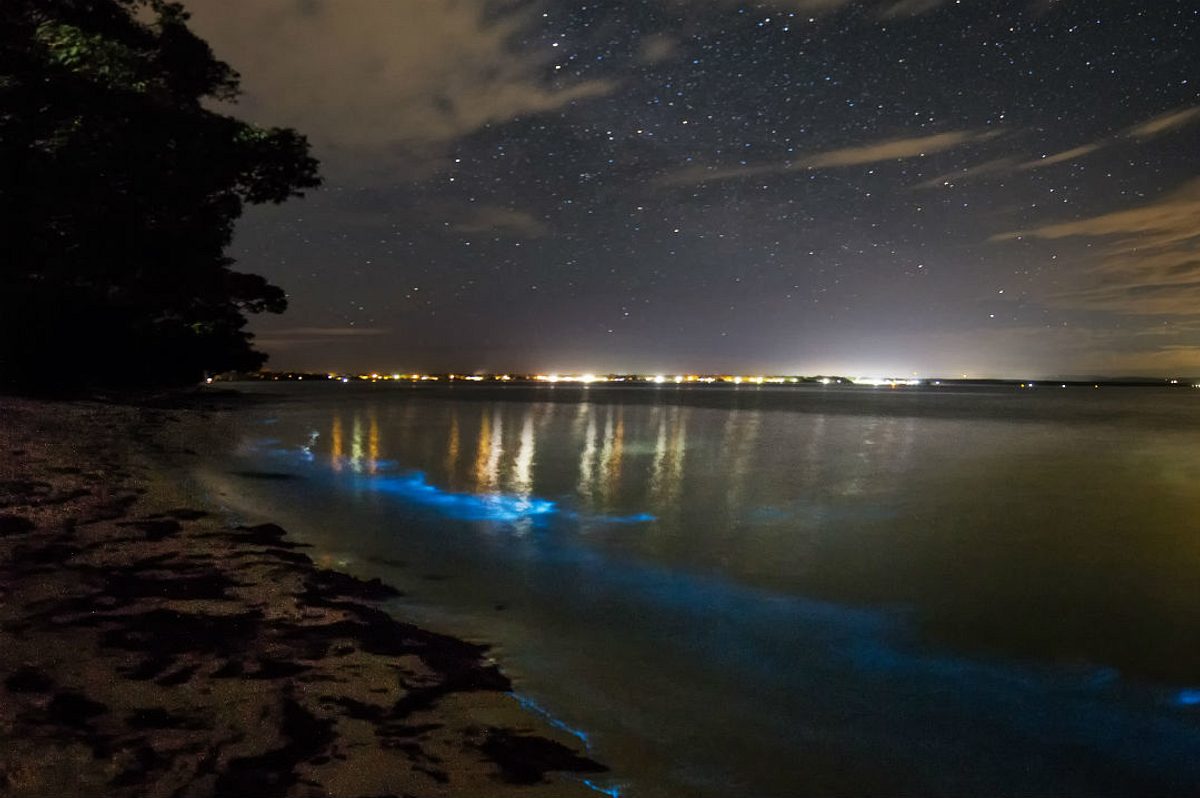
Understanding the natural wonder of bioluminescence
Think you’ve seen it all? The beauty of sea sparkle has to be seen to be believed. Learn what it’s all about.
Last year photographers captured a rare bioluminescent spectacle off the South Australian coast at Waitpinga.
But what is bioluminescence? It’s when the sea sparkles neon blue, green or even red. It's a beautiful sight and definitely one for the bucket list.
The ocean glows and glitters like stars in the sky, due to a natural chemical process, bioluminescence, which allows living things to produce light in their bodies.
Marine creatures - like some fish, squid, tiny crustaceans and algae - produce bioluminescence to either confuse predators, attract prey or even lure potential mates.
We can witness this natural phenomenon when there is an abundance of bioluminescence in the water, usually from an algae bloom of plankton. The sea will glow when it’s disturbed by a wave breaking or a splash in the water at night.
Algae bloom sea sparkle events are caused by calm and warm sea conditions. But you can see specks of bioluminescence when it’s created nearby by a light-producing marine creature.
This sparkling phenomenon has been photographed across Australia, including in South Australia. Take a look at these awe-inspiring photos:



Nature really can put on a stunning show, but it’s not as easy as it looks to photograph ocean bioluminescence. Check out these hot tips to capture the cool glow.
Feeling inspired to capture the beauty of nature? Check out our blog about taking nature photos on your mobile phone, or learn from expert photographer Carl Charter in his tips for underwater photography.
(Main image courtesy of Chatwin Photography)
This story was originally posted in April 2018.





